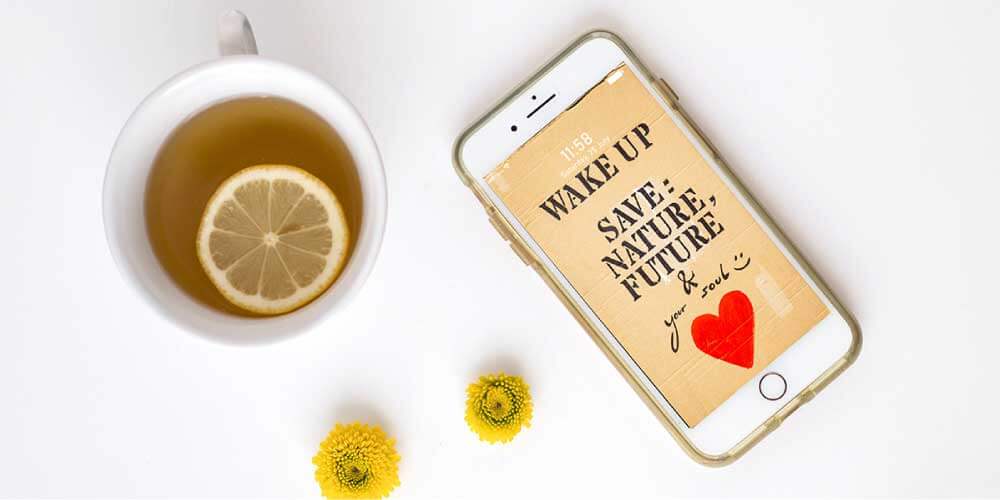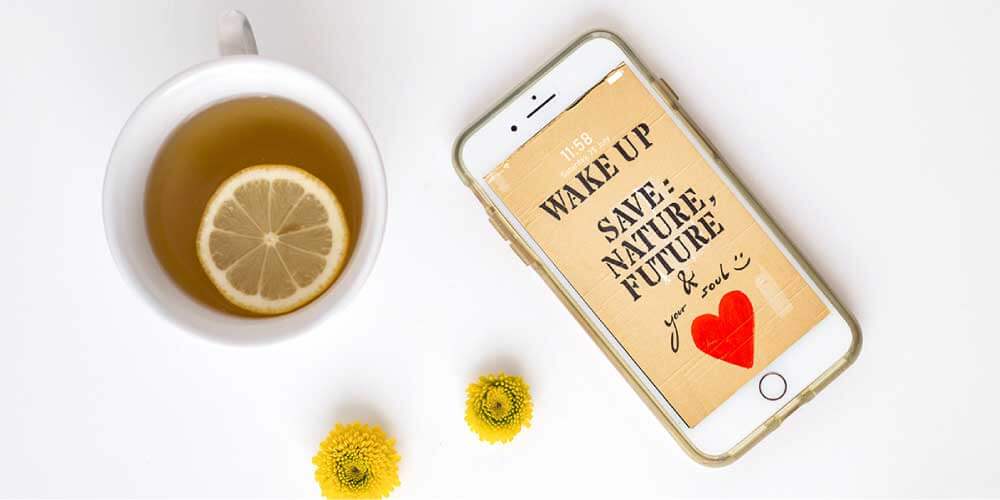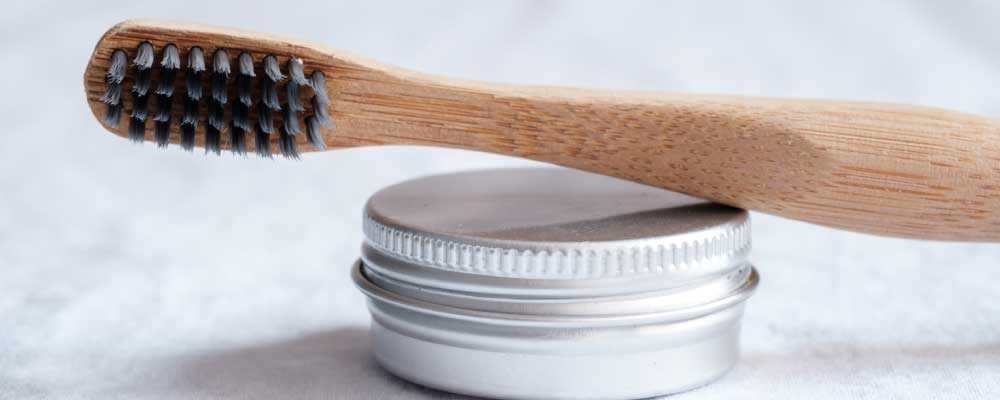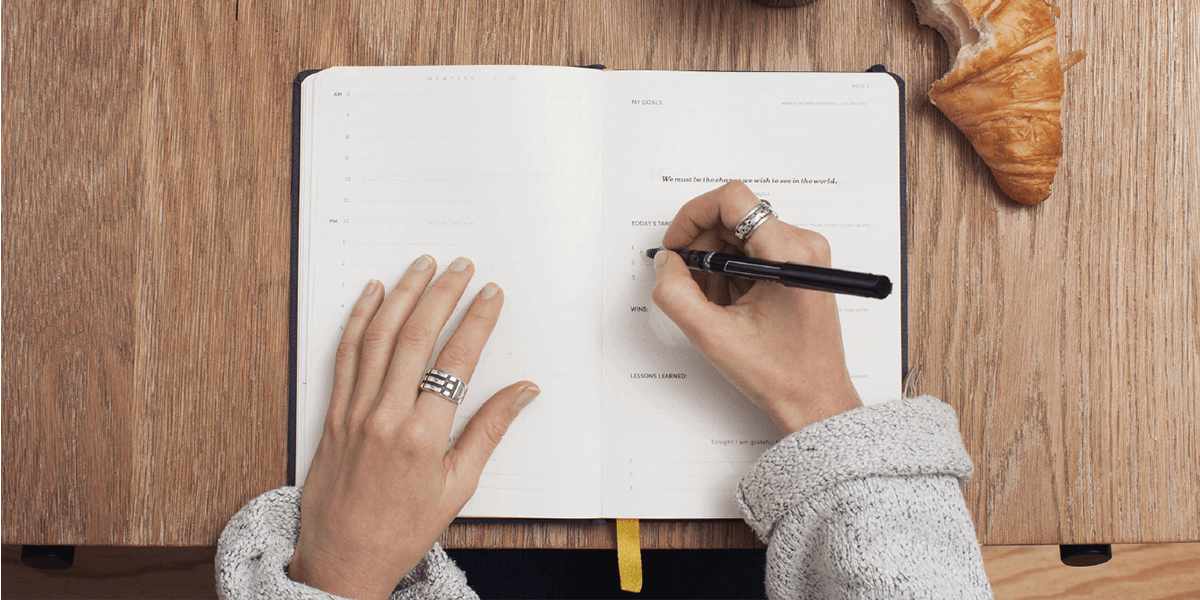
How to start living plastic-free in 5 Steps
Plastic products decompose in nature even for 1000 years. We don't need to unleash creativity to imagine how much plastic we've thrown away and how much of it still haunts landfills today.
Although living completely without plastic is nearly unrealizable, it is easy to reduce the amount of plastic consumed daily. Just change some habits and products.
Living without plastic is a long process that requires a lot of patience and determination. Start with small steps and later follow with bigger ones. There's no need for shock therapy of a complete life change.
How to start living without plastics:
- Set priorities regarding plastics
- Repair, reuse before you throw something away
- Start with the simplest step
- Continue step by step
- Educate yourself in ecology and choose ecological products
1. Set priorities regarding plastics

Having a crystal-clear conviction to start living without plastic works as the driving force to maintain the newly acquired, more responsible lifestyle.
Certainly, you have a reason to change your lifestyle if you are reading this article. Perhaps you want to leave a better world for your children and grandchildren. Maybe you want cleaner water and forests. Perhaps you want fewer animals injured by plastic in the oceans or less microplastic in fish on your plate. Or maybe you simply want to reduce your carbon footprint for other reasons.
Whatever your reason may be, you will be much more consistent when you say it out loud. Justifying your actions works as a great internal motivator.
For example, set a picture that will remind you of your goal as your mobile wallpaper, or print it out and place it on your desk. Every day, the picture will remind you why you are changing your life.

2. Repair, reuse before you throw away

Before you replace your current plastic item, try to consider whether it can be repaired or used for something else. It is a significant ecological mistake to discard things without attempting to repair them or find a new use for them. Only what is truly at the end of its functional cycle belongs in the trash.
An even bigger mistake is to replace an already owned functional non-ecological item with an ecological alternative. By getting rid of a plastic ladle in exchange for a metal one, you only create more consumption and waste. There's no need to feel guilty about owning plastic; you just shouldn't buy it in the future.
For example, children's toys can usually be repaired, and simple plastic items like plastic bottles or containers can be easily reused in many different ways.
3. Start with the simplest step

Starting with the simplest step is the most reliable solution. However, it greatly helps as a motivation booster. With a small but quick initial success, you can more easily progress to changing your everyday behavior.
Starting with the most drastic change may feel burdensome and is more likely to lead you to give up on your change before you even properly begin.
The simplest step to start with could be, for example, not buying bags at the store but always bringing your own. Choosing fruits and vegetables without plastic packaging is also a good start. Another small step could be to stop buying bottled water and instead install a faucet water filter and carry water in your own recyclable bottle. Finally, perhaps the easiest step of all is to switch your plastic toothbrush for a bamboo one or toothpaste for toothpaste tablets.
4. Continue step by step

Behavior change is not an easy process. Remember not to start with too many changes at once, otherwise you'll be overwhelmed and frustrated by the changes. Frustration will eventually discourage you from the whole process of change.
Building a new habit takes approximately 66 days. Giving up life with unnecessary plastics is therefore a long process, and some activities in this regard require more attention than others. It's ideal, for example, to download an app like Habitbull. It will help you track how you're doing in building a new habit. A classic notebook is also a solution.
One of the ways to achieve set goals is to name certain time periods and prioritize them during this period. For example, a month of shopping with your own bag, a week of meal preparation for work, and so on.
Until you feel comfortable with the new change, don't move on to the next goal. There's no need to change your life in one day. Quality matters more than quantity here.
5. Educate yourself in ecology and choose ecological products

Make sure you understand the basic concepts surrounding ecological products. You will only be able to identify and select truly ecological products after understanding product labeling.
Also, keep in mind that there are companies that invest more in marketing communication about how they help the planet than in actual ecological activities. This is called "greenwashing."
You can avoid greenwashing by researching more information about the brand or company before purchasing products. In today's age of social media, you can delve deep into the core of the company. For example, you can find the specific owner of the brand on social media.
Seeking information is crucial in today's world. This also applies to ecology.
Biodegradable products may not necessarily decompose on their own in landfill conditions. Often, certain conditions of humidity, temperature, and other factors are required. Recyclable plastics are not recyclable in all countries worldwide; specific techniques are needed. These are just two not entirely known facts about ecological sustainability.